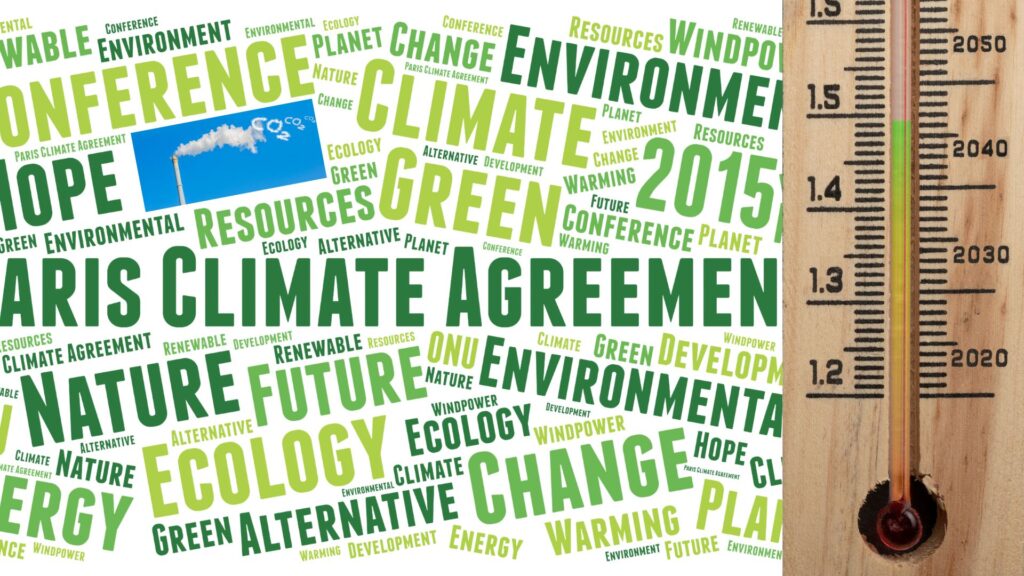Restoring Mountain Ecosystems: Lessons, Success, and Future Endeavors
Often seen as majestic landscapes, mountains are crucial yet undervalued in our world’s ecological balance. As we commemorate International Mountain Day, the Food and Agriculture Organization (FAO) and the United Nations Environment Programme (UNEP) have unveiled a groundbreaking report. This collaborative publication stands as a beacon, shedding light on the often-neglected realm of mountain ecosystems and their imperative restoration. The report is a treasure trove of principles, success stories, and recommendations to revitalize these vital ecosystems. With a deep dive into lessons gleaned from esteemed projects across Uganda, Rwanda, Serbia, Kyrgyzstan, Nepal, and the Andes, it emphasizes the significance of mountains—homes to approximately one billion people and the lifeline for countless more who rely on them for sustenance and water resources. Despite their profound importance, mountains have historically been overlooked in restoration initiatives. However, this report serves as a testament to the burgeoning success of #GenerationRestoration in reviving these ecosystems. It showcases instances where dedicated efforts have reaped rewards, breathing life into these often-forgotten landscapes. In the heart of Lambayeque, nestled within the Chaparri Ecological Reserve, a crucial endeavor is underway: the restoration of ecosystems through tree planting. This region holds a special significance as it harbors the underrepresented dry forest ecosystems of the Peruvian Andes. Our concerted efforts focus on planting trees, a pivotal step towards rejuvenating and preserving these invaluable ecosystems. The Chaparri Ecological Reserve stands as a beacon for conservation, aiming to revive and protect the unique biodiversity found within the dry forests of the Peruvian Andes. By planting trees in this biodiverse haven, we aim not only to restore the ecosystem but also to bolster the resilience of this landscape, ensuring its sustainability for generations to come. Each tree planted in this underrepresented region contributes significantly to the restoration and preservation of the precious dry forest ecosystems of the Peruvian Andes. We are planting trees to restore ecosystems in the Chaparri Ecological Reserve at Lambayeque, a region with underrepresented dry forest ecosystems in the peruvian andes. To support this initiative click here. The report elucidates how the UN Decade’s Ten Principles for Ecosystem Restoration can be effectively applied to these unique terrains by analyzing various mountain ecosystem restoration projects. Furthermore, it celebrates the victories of initiatives chosen or shortlisted as the UN Decade’s World Restoration Flagships. These success stories not only inspire but also serve as guiding beacons for future endeavors in mountain restoration. As this year’s International Mountain Day centers on the theme of “Restoring Mountain Ecosystems,” this publication assumes profound significance. It highlights achievements, delineates challenges, presents compelling case studies, and offers pragmatic recommendations for implementing the UN Decade Principles for Mountain Ecosystem Restoration. Jointly developed by the Mountain Partnership Secretariat at FAO and UNEP, this report represents a collaborative effort uniting expertise and insights from diverse landscapes. Its comprehensive analysis and actionable recommendations are pivotal to the ongoing efforts to restore the delicate balance of mountain ecosystems. Moreover, this publication arrives at an opportune moment, coinciding with the celebration of Five Years of Action for the Development of Mountain Regions 2023–2027. It serves as a roadmap, guiding the trajectory of future actions and policies necessary for the sustainable development of these critical regions. In essence, this report serves as a rallying call to acknowledge the significance of mountains, celebrate the strides made in their restoration, and galvanize global action toward preserving and nurturing these vital ecosystems. The link to the publication promises a wealth of knowledge, offering insights into the challenges, triumphs, and the promising path forward for restoring mountain ecosystems. It beckons all stakeholders, from policymakers to environmental enthusiasts, to embark on a journey towards a more sustainable future where mountains thrive, providing for generations to come. As we commemorate International Mountain Day, let us heed this call, celebrate the progress, and recommit ourselves to preserving and restoring these awe-inspiring natural wonders. Download the report here. Source: UN Decade on Ecosystem Restoration – United Nations Environment Programme and Green initiative Forest Friends.
Restoring Mountain Ecosystems: Lessons, Success, and Future Endeavors Read More »










